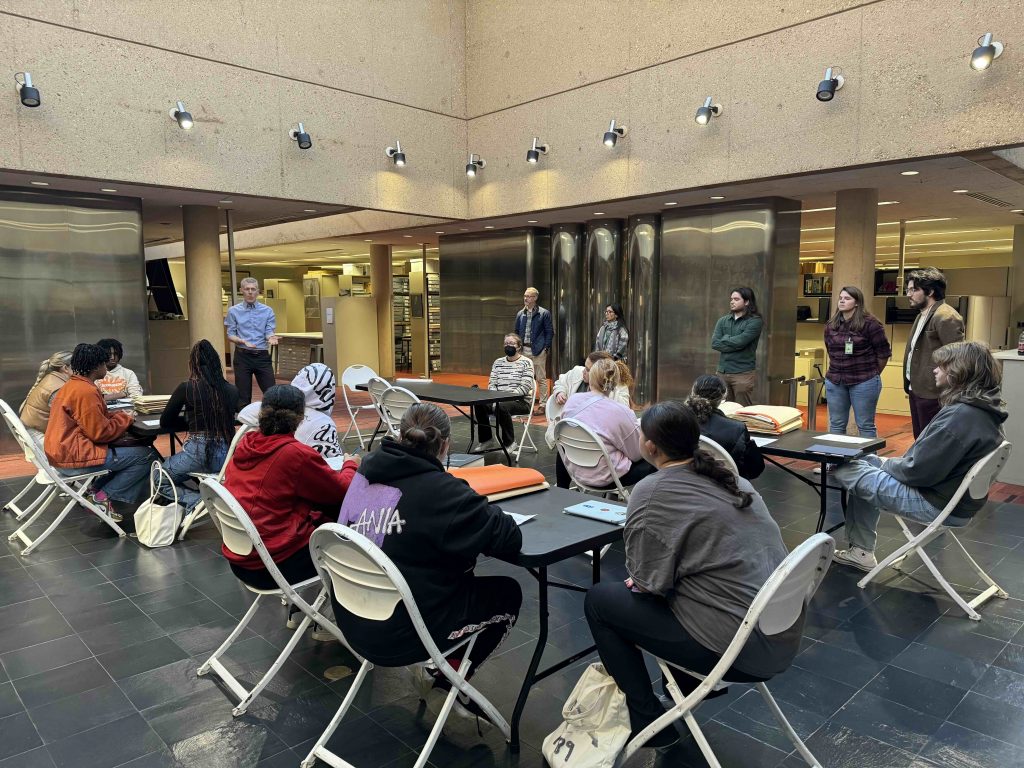Troy Shaffer
Dr. Hildebrandt
CODES122
7 February 2024
MOBOT Lab Write-Up
The renowned Missouri Botanical Gardens is in St. Louis and has a large collection of plant specimens from all over the world. Our recent visit of the Missouri Botanical Gardens (MOBOT) was to look into the archives in search of plant specimens that could give us indigenous knowledge. We were not very successful.
At MOBOT, each plant specimen is stored in a folder, it has a tangible part of the plant and information about the plant. The information includes the botanist’s name responsible for the discovery, when and where the plant was discovered, the plant’s common uses, scientific and common names, and more that I am probably missing. However, we noticed that there is an absence of indigenous knowledge in these plant specimens.
Unfortunately, these plant specimens only have a singular perspective. Victoria, our herbarium assistant, called these a snapshot of the plant frozen in time, with only the viewpoint of one person. In our observations, Indigenous knowledge and voices were absent and silenced from the herbarium. To unsilence these voices would not be difficult. All we need is botanists to provide more effort, instead of just doing their traditional research strategies. By engaging with and seeking collaboration with indigenous communities during their research trips, botanists could bridge the gap, and finally have a more inclusive representation of knowledge within the herbarium. The Missouri Botanical Garden has the potential to not only preserve plant specimens but also give voices to communities from which these plants originate, which would only lead to the herbarium being a better resource for people around the world.

This is a plant sample that we looked at first. We used this as our example to look at everything that these show and tell us.
